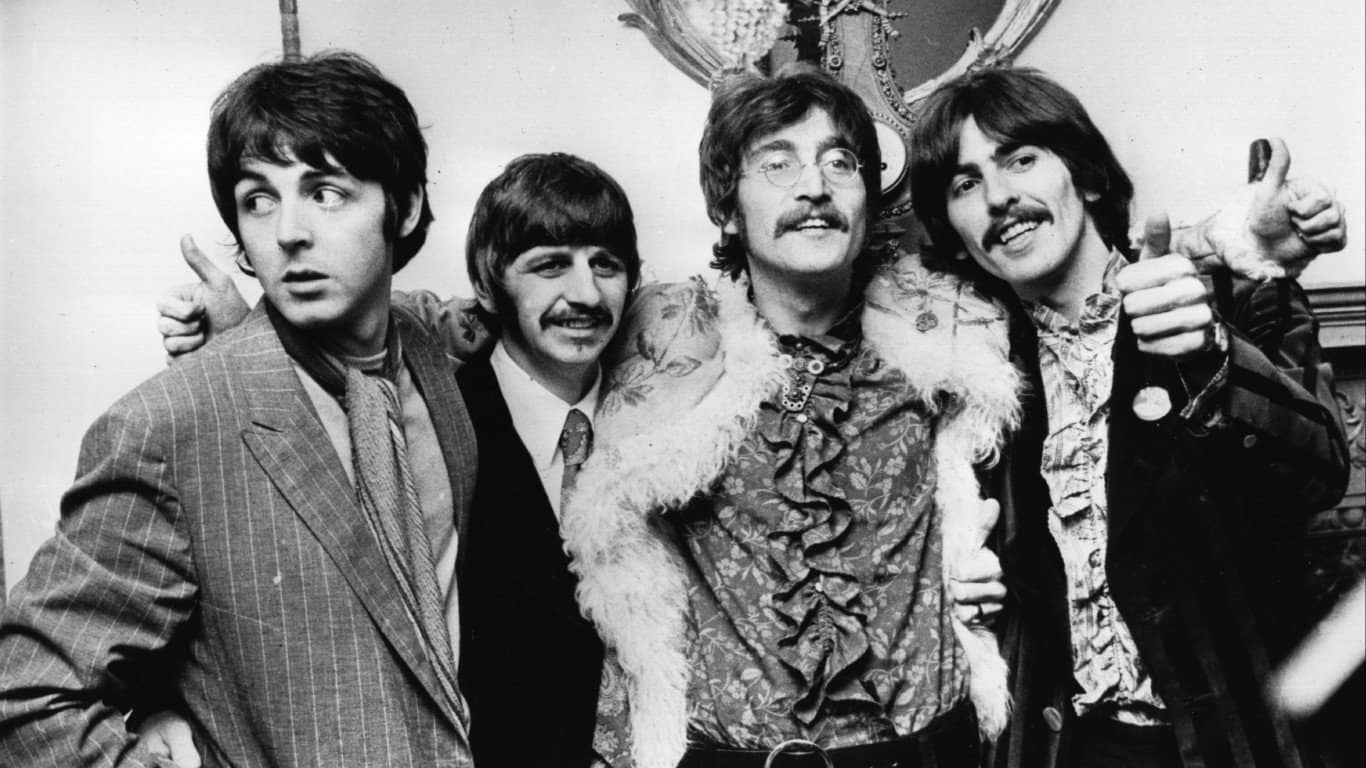They were the free spirits of the decade who set societal norms aside and carved a path of personal freedom. Their art and clothing were psychedelic, their music was full of political and social change messages, and their focus was on promoting peace. Hippies in the 1960s believed in freedom of expression, and they explored alternative spirituality, finding themselves drawn to meditative practices and Eastern philosophies. Many put their money where their mouths were, showed up at protests, created their own, and became heavily involved in political and social issues as activists.
From John Lennon’s and Yoko Ono’s “Bed-ins for Peace” protest to Gloria Steinem’s political writing career, the celebrities in the list below exemplified the counterculture movement. To put this list together, 247 Tempo reviewed each celebrity’s respective biographies to highlight their careers, personal values, and experiences. While some of those on this list are still working hard as activists, others are taking the stage with their timeless music. Still others have left a legacy that tells of their desire for peace, equality, and love. Once you read our list of celebrity hippies, take some time to read more about the 25 biggest hits of the ‘60s, according to Billboard.
Jimi Hendrix
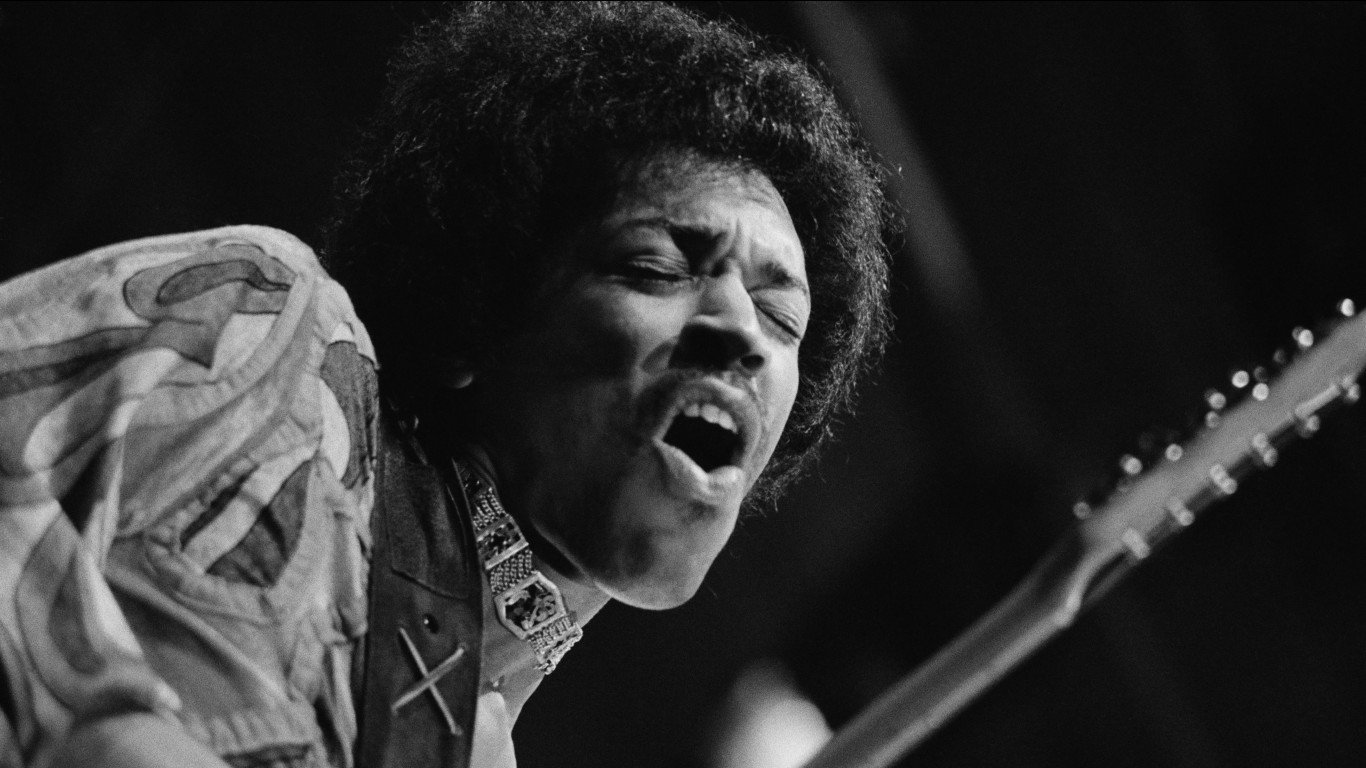
A hippie icon during the 1960s, Jimi Hendrix embodied the unconventional nature of the movement, wearing colorful clothing and singing about the unjust nature of the system. He was a songwriter, singer, and guitarist who was unapologetic about his music, intoxicating audiences with his experimental sound. One of his most popular electric guitar performances occurred in 1969 at Woodstock. Even after his untimely death in 1970, Hendrix’s rock music lives on.
Joni Mitchell
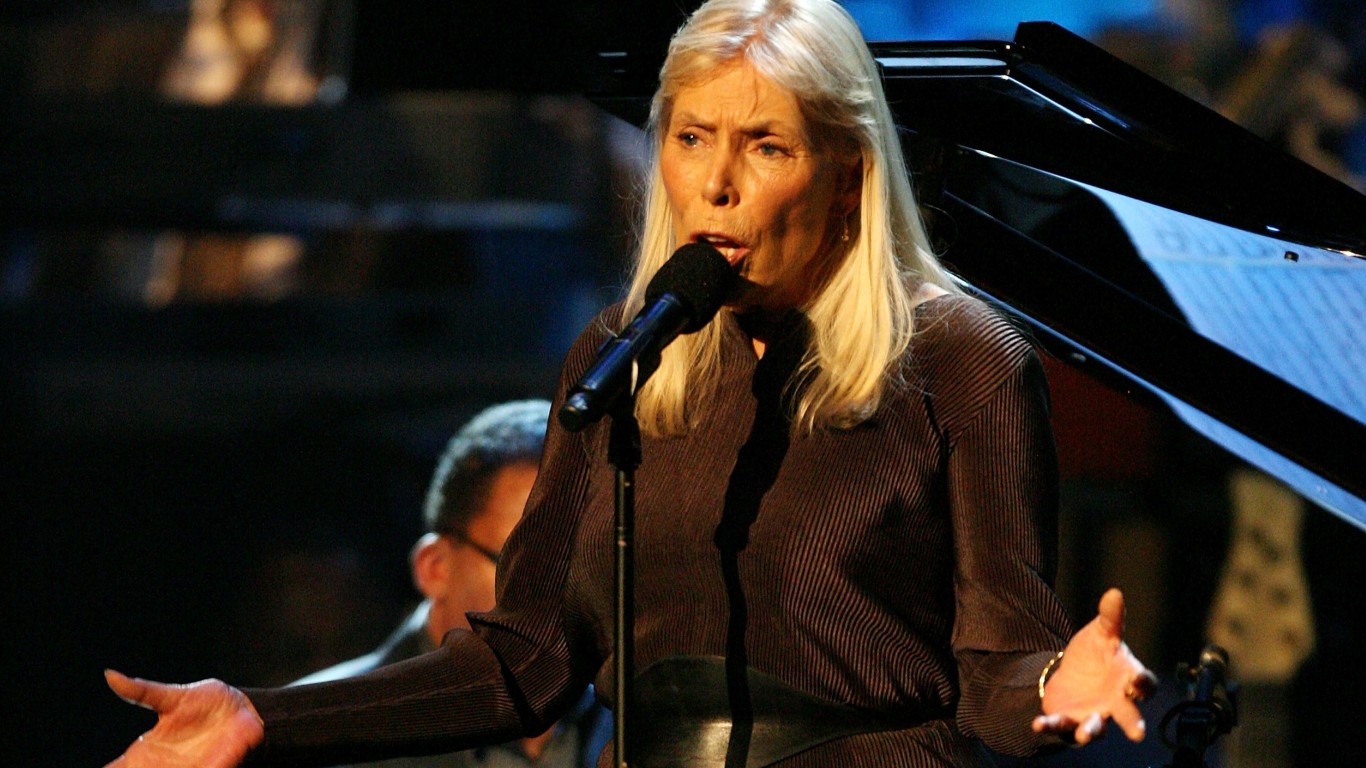
Singer-songwriter, Joni Mitchell, rose in popularity for her signature sound as a folk music artist throughout the 1960s. Not only did she have a signature sound, but she had a signature look to boot, letting her long hair flow and always keeping her guitar close. Her artistry excelled beyond her music — she was a painter as well. Her perspectives were unconventional and at times contradictory, but she was only interested in continuing to be herself, whichever way that was presented.
Janis Joplin
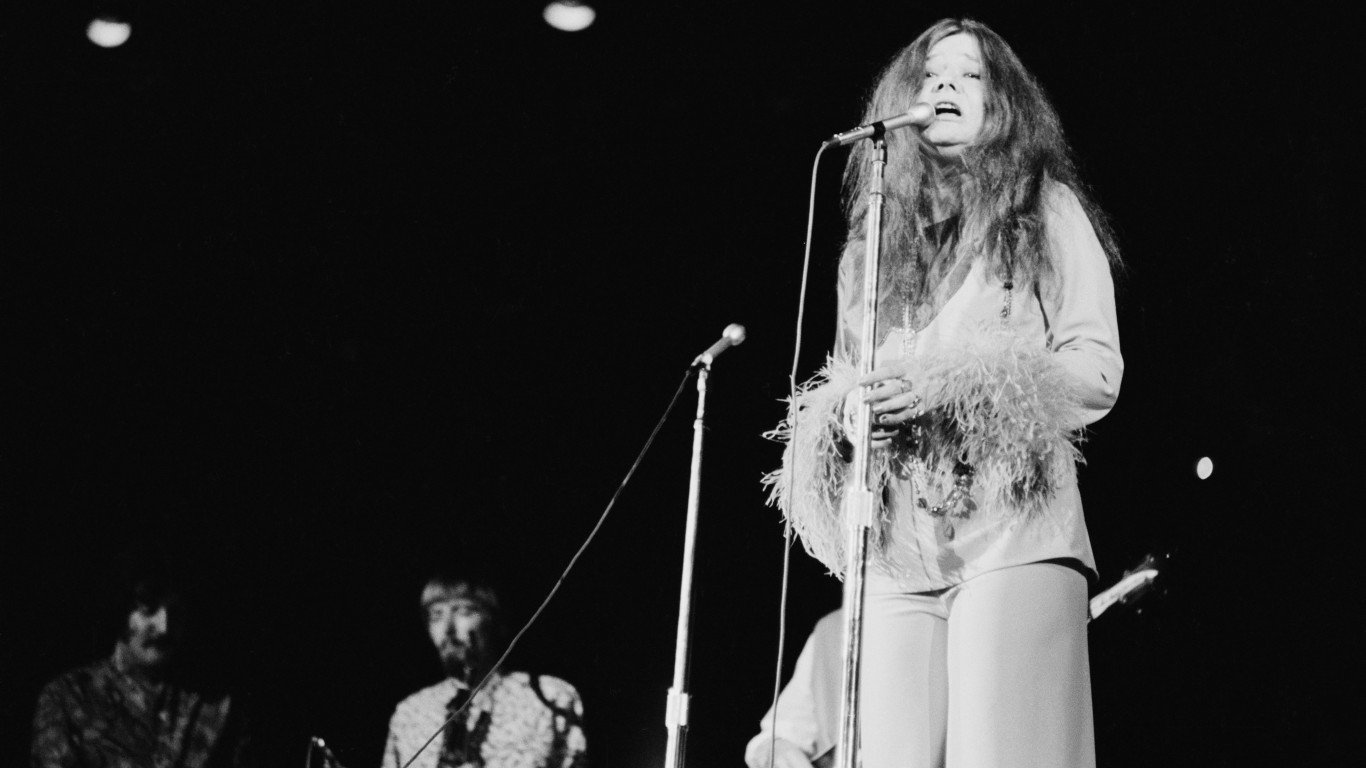
In the late 1960s, Janis Joplin was focused on women’s liberation, exemplifying the unconventional nature of a true hippie. Her voice was powerful, and she used it well during her short life, finding success as a solo artist in 1969. She passed in 1970 before her second album, Pearl (1971), was released. It was clear she wasn’t done yet, but she managed to impact audiences beyond the grave. Her reputation was frozen in time, and she went out as an iconic figure who represented the hippie movement well.
Gloria Steinem
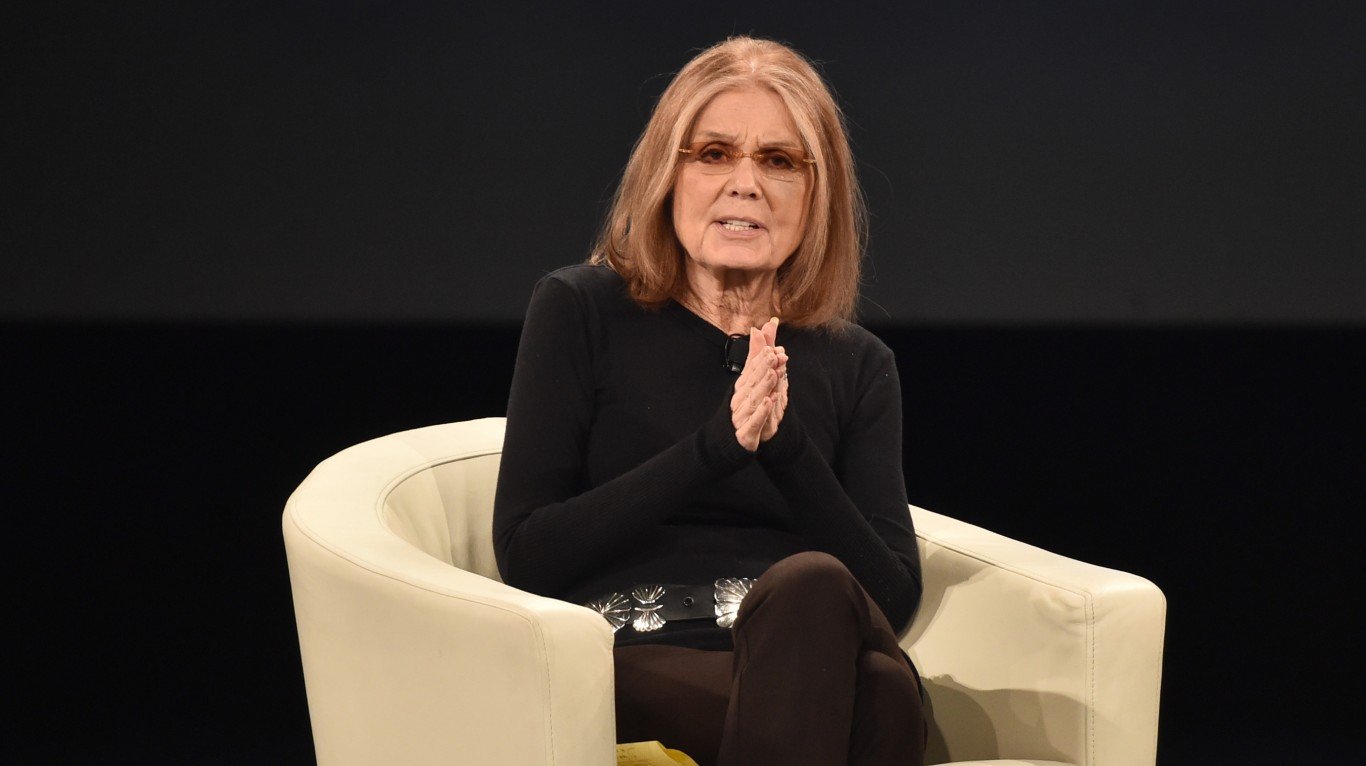
She was a feminist and activist in the 1960s with a unique style she made her own. Disinterested in following the crowd, Gloria Steinem donned tinted aviator glasses, often pairing them with flared pants and polo necks. Her career as a journalist began in New York but it wasn’t until 1963 when she wrote the expose, “I Was a Playboy Bunny,” that she reached a larger audience. Focused on her goal of becoming a political writer, she eventually assisted in founding New York magazine, where she reported on the topics she was passionate about.
Cher
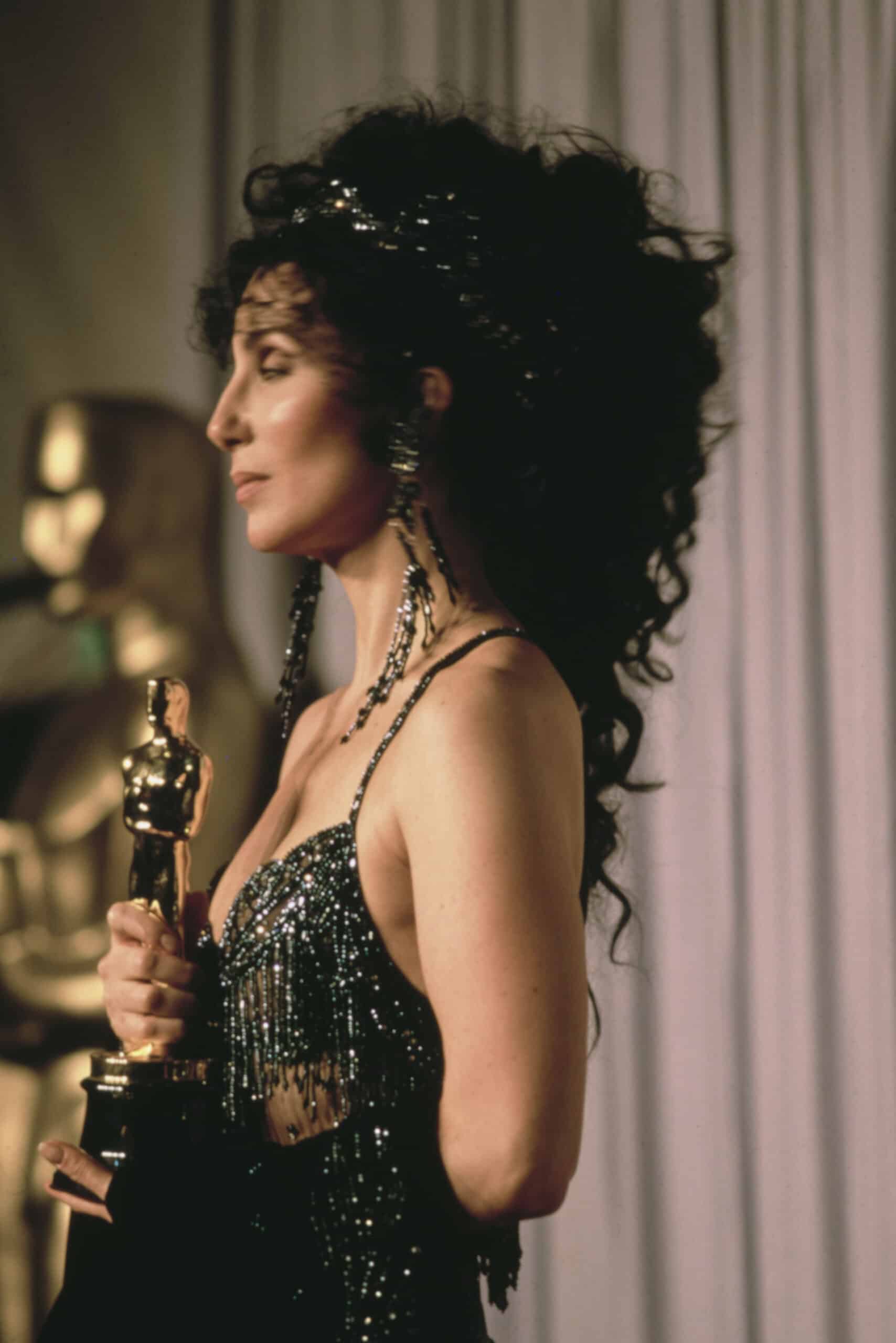
Cher holds her Oscar Award backstage after winning Best Acress in Los Angeles, California, 11th April 1988. (Photo by Vinnie Zuffante/Getty Images)
With an androgynous look and sound, Cher paired up with Sonny Bono in the 1960s, first taking center stage while he worked behind the scenes and later performing with him as a team. By 1965, the ‘Sonny & Cher’ duo was topping the charts. Both of them became style icons at the time despite how unconventional and loud their looks were. Cher popularized her eclectic fashion, which included bell bottoms and bandanas. She earned national recognition over the years both for her music and her acting roles, even becoming an Oscar award winner.
Barbra Streisand
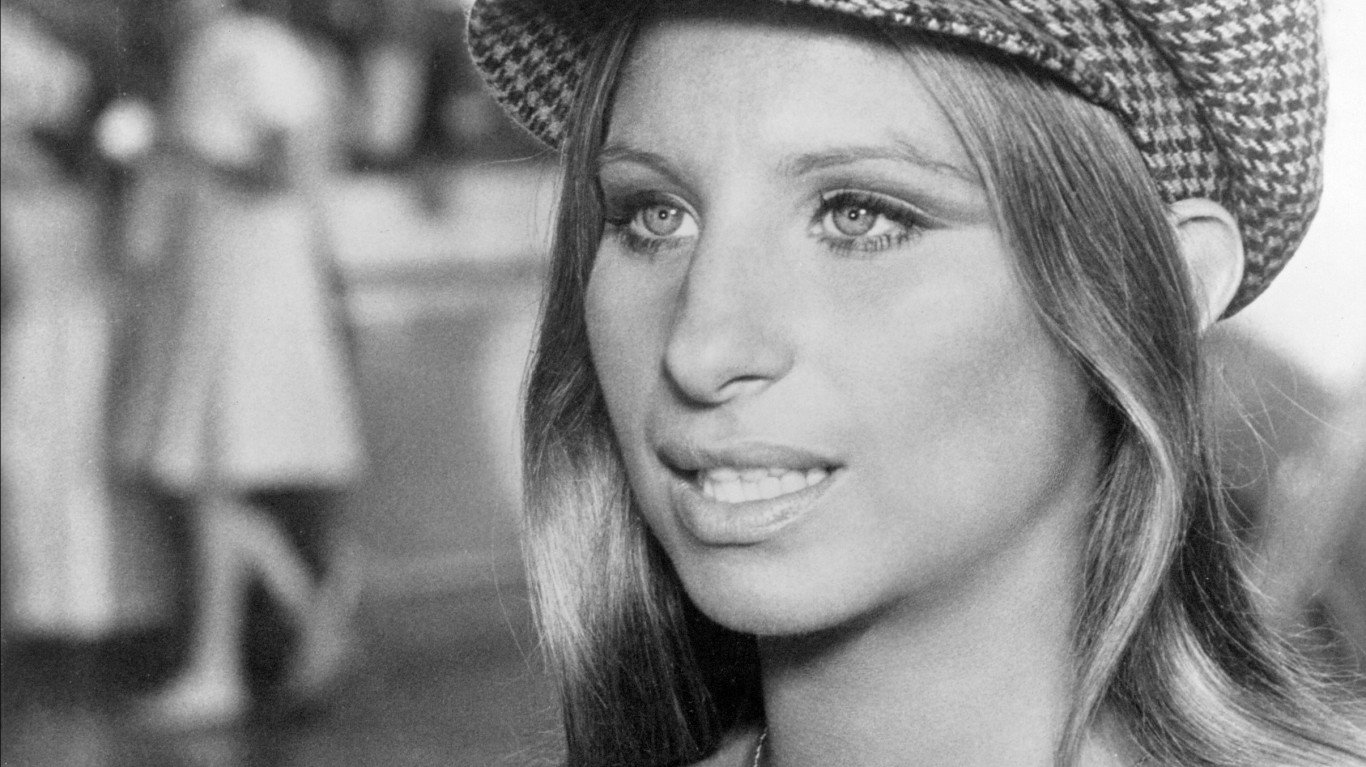
Starting in 1966, Barbra Streisand used her concerts as fundraisers for different social and political change projects. She was committed from her teen years and took on a hippie mindset and lifestyle. The 1960s were good to her — she was making music and landing acting roles consistently. Not one to abandon her values, Streisand went on with her philanthropic pursuits, establishing the Streisand Foundation and later founding The Barbra Streisand Women’s Heart Center at Cedars-Sinai.
Carly Simon
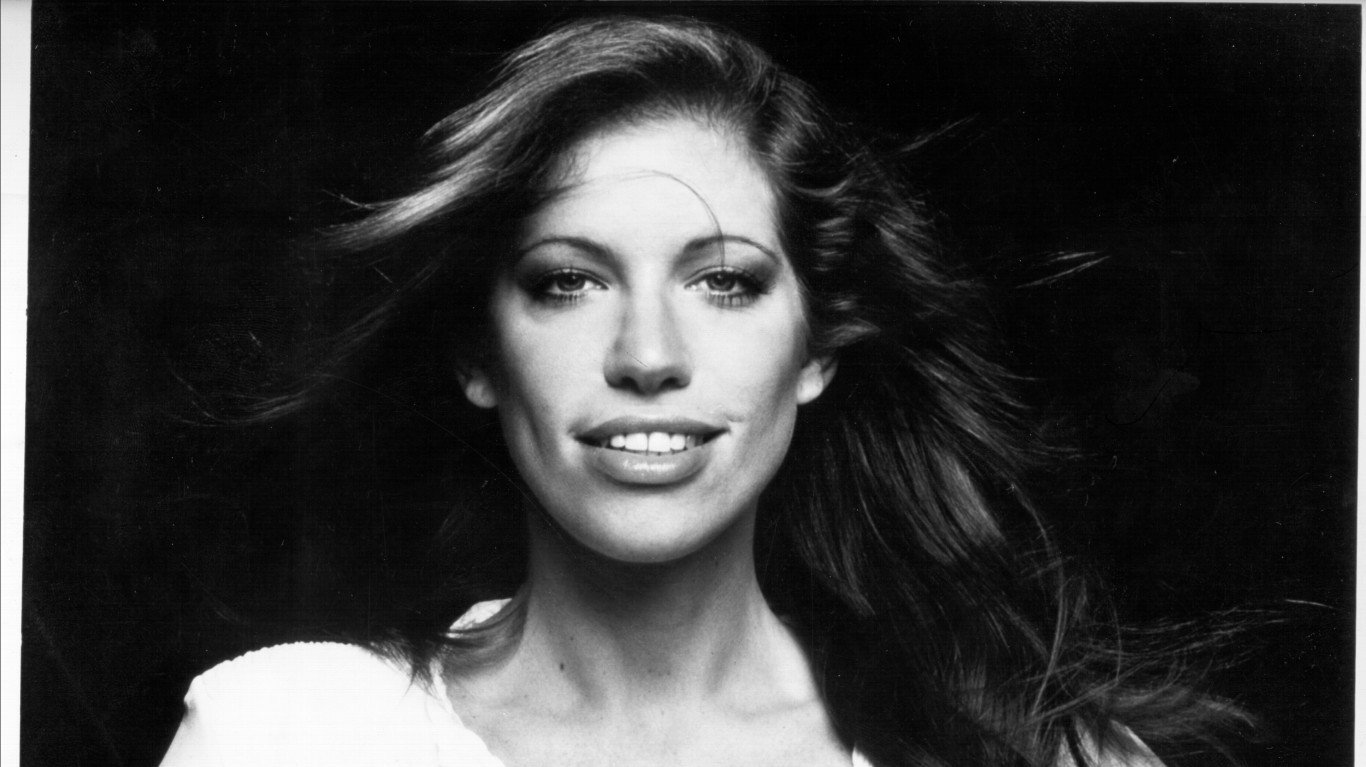
With feathered hair and floral prints, Carly Simon reflected the hippie culture, writing songs and belting them out to entranced audiences. In line with women’s movements, Simon exuded the confidence of an empowered woman. She worked toward success in the late 1960s, eventually winning a Grammy award for the category of Best New Artist in 1971. Her success only continued through the following years, with hits like “You’re So Vain” and “The Right Thing to Do” rising to the top of the charts.
George Harrison
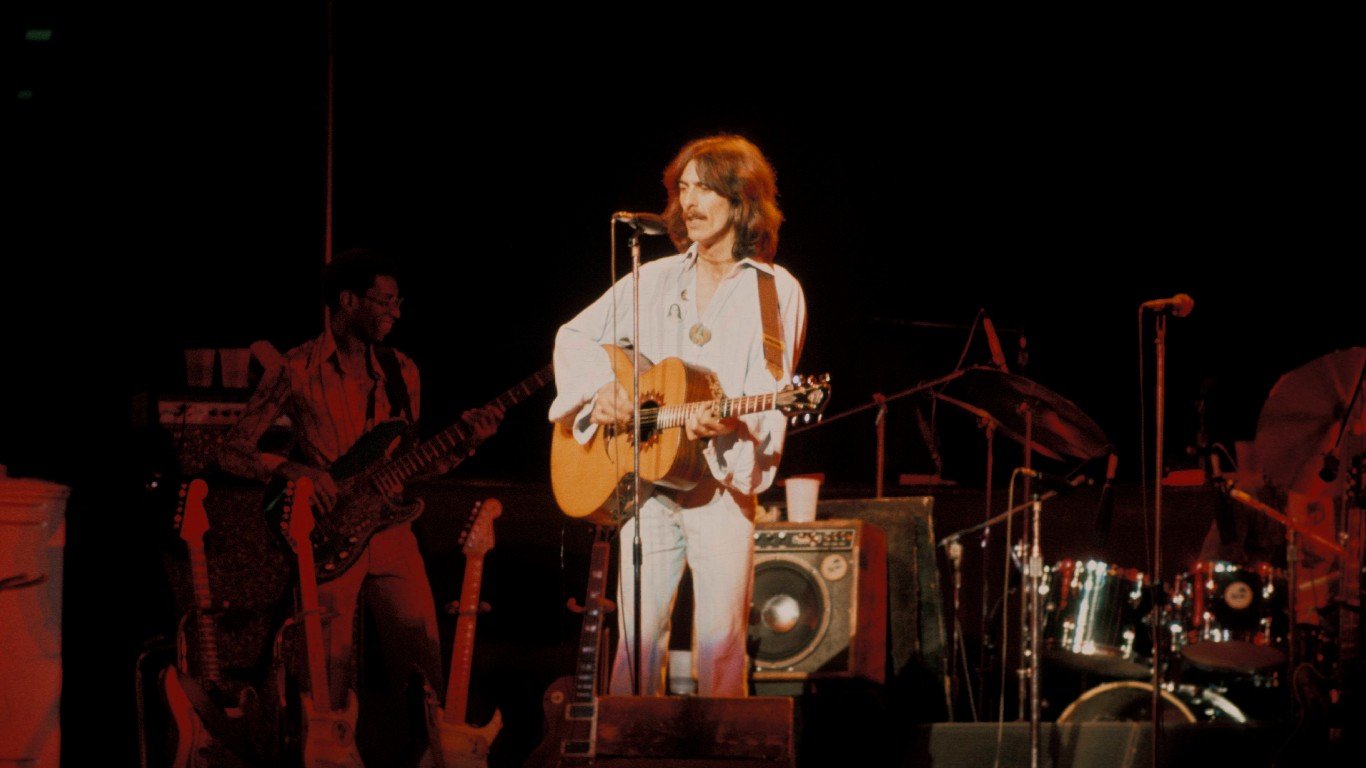
The hippie movement embraced unconventional practices, including drug use. George Harrison dropped LSD, a powerful psychedelic, in the 1960s, and his experience opened him up to meditative practices, mysticism, and vegetarianism. With a focus on promoting peace, Harrison contributed his creativity to The Beatles as a singer-songwriter and lead guitarist.
Nancy Sinatra
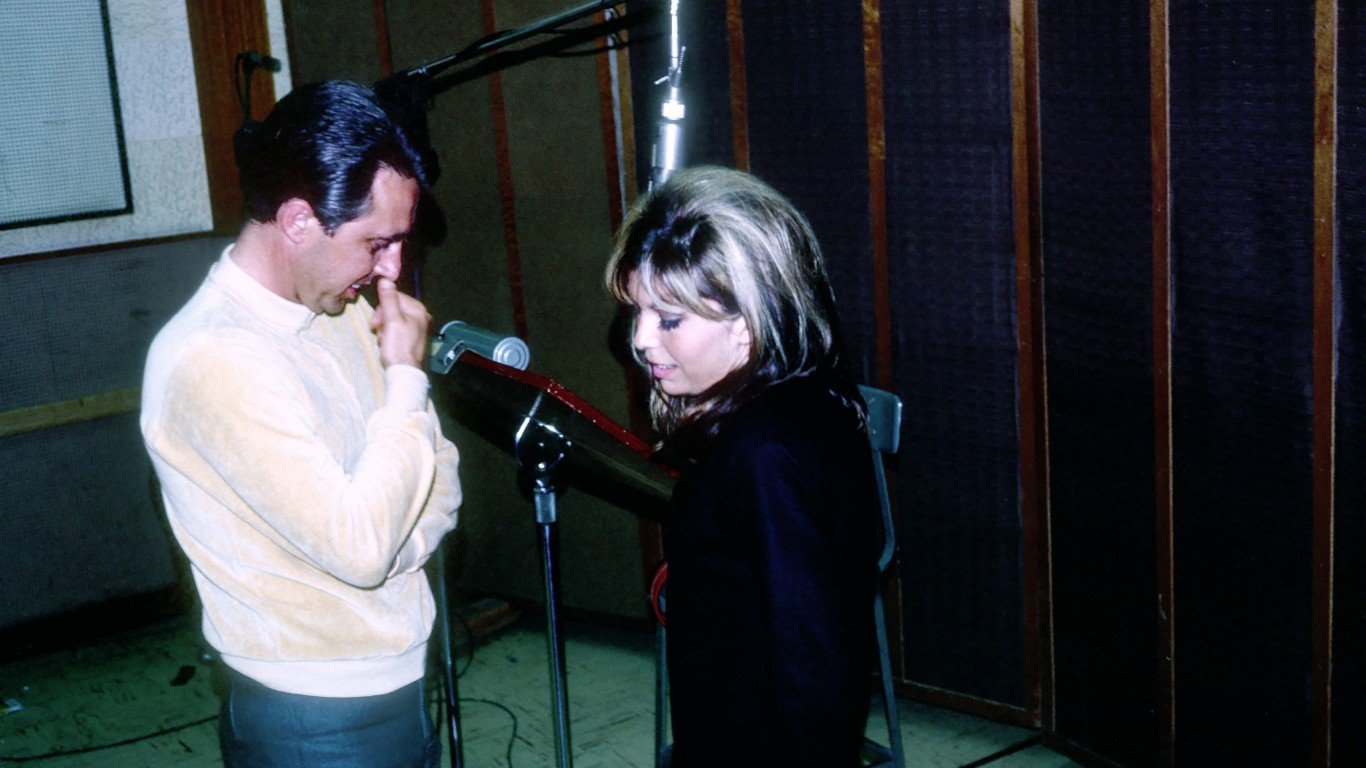
With bold eye makeup and flowers in her hair, Nancy Sinatra was influenced by hippie culture and broke free from the shadow of her well-known father, Frank Sinatra. She created her own music, embodying the role of a powerful woman with her hit songs “These Boots Are Made For Walkin’” and “Bang Bang.” Sinatra also led a successful acting career in the 1960s, appearing alongside Elvis Presley.
Goldie Hawn
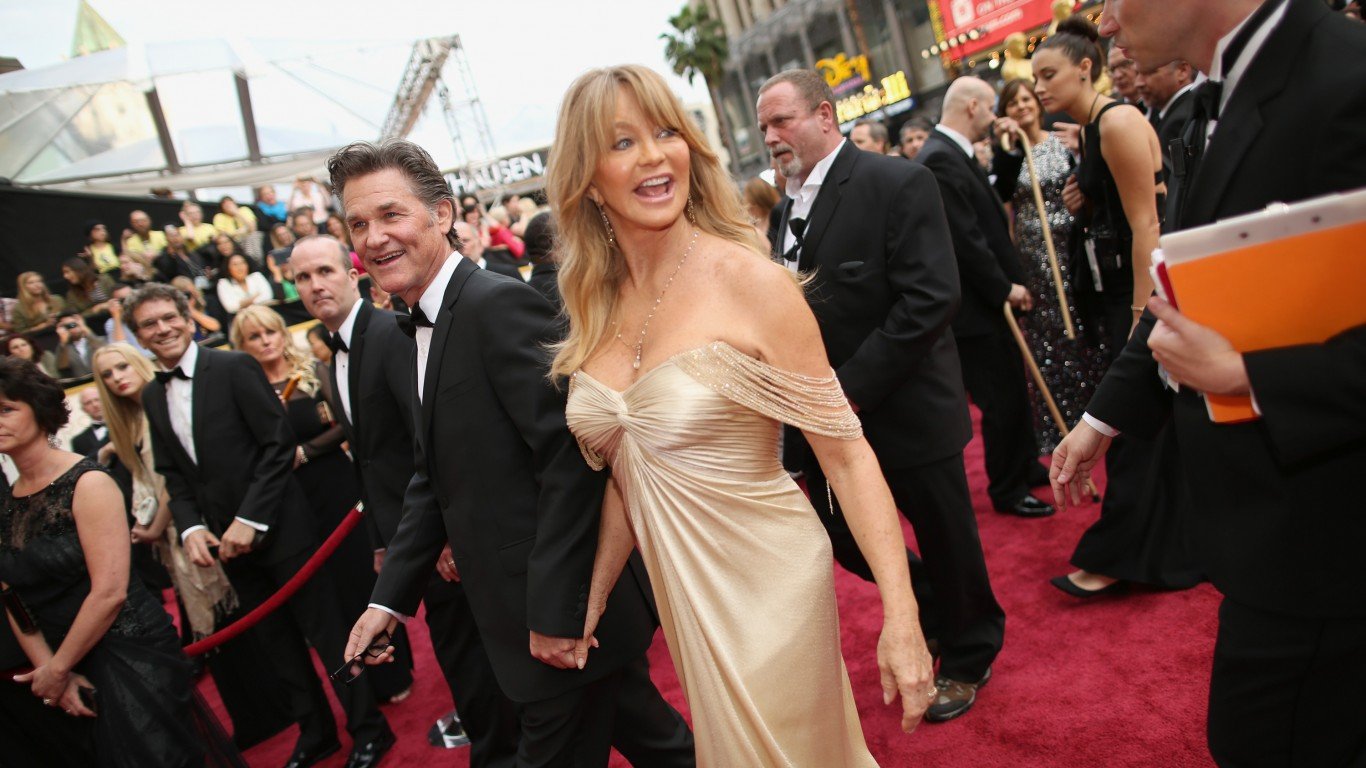
When the 1960s began, Goldie Hawn exemplified the role of a scatterbrained blonde, but before the decade was over, she had carved out a lane all her own. While some celebs from this decade hit the ground running with their social and political endeavors, Hawn kept things light, celebrating the spirited aspect of the hippie movement. Later in her career, she revealed her deep reverence for religion, spirituality, and meditative practices.
David Bowie
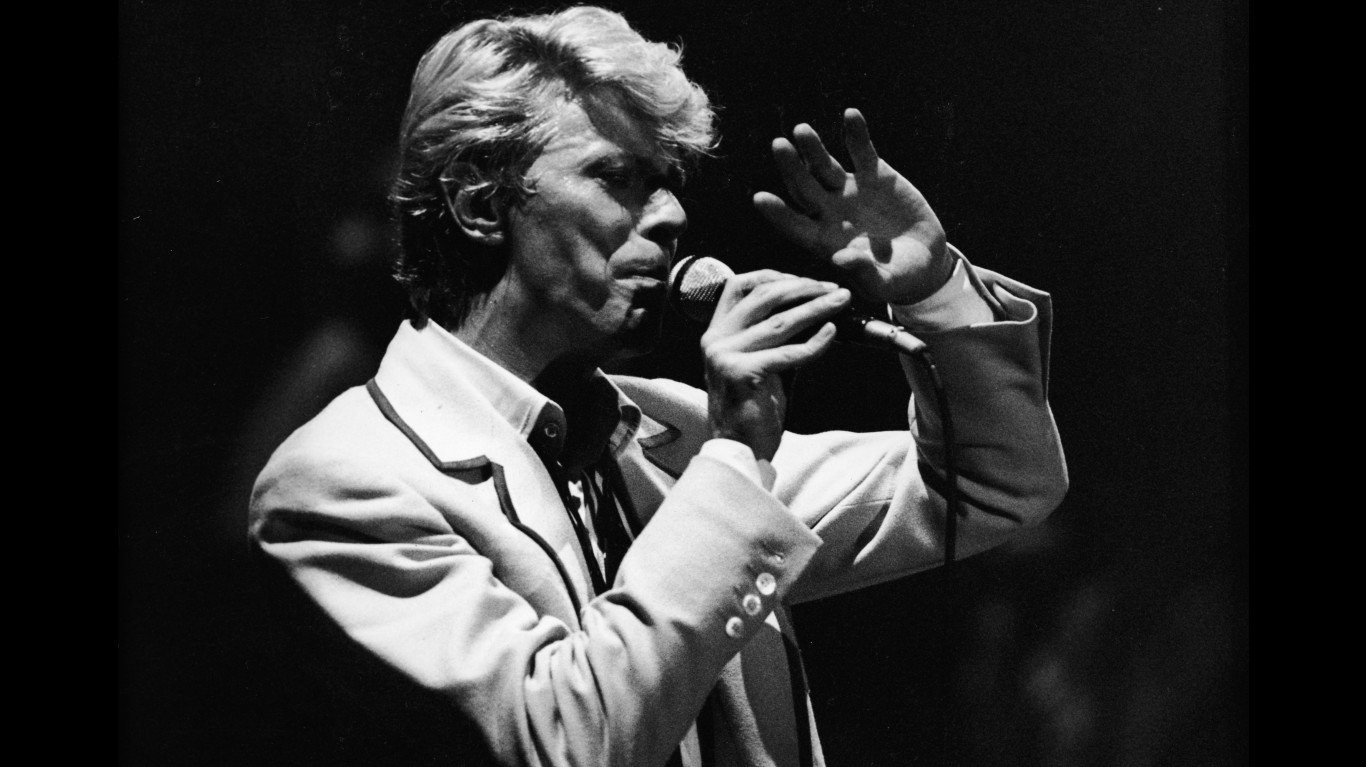
A hippie at heart, David Bowie spent the 1960s experimenting with music, focusing on folk music with a psychedelic infusion. His lyrics aligned with the themes of the hippie movement, and in 1969, Bowie released “Space Oddity,” a fan favorite. Bowie’s interest in counterculture had him wondering at times if he might give up his unintended but widely admired pop star role for a more removed and quiet existence as a monk.
Jane Fonda
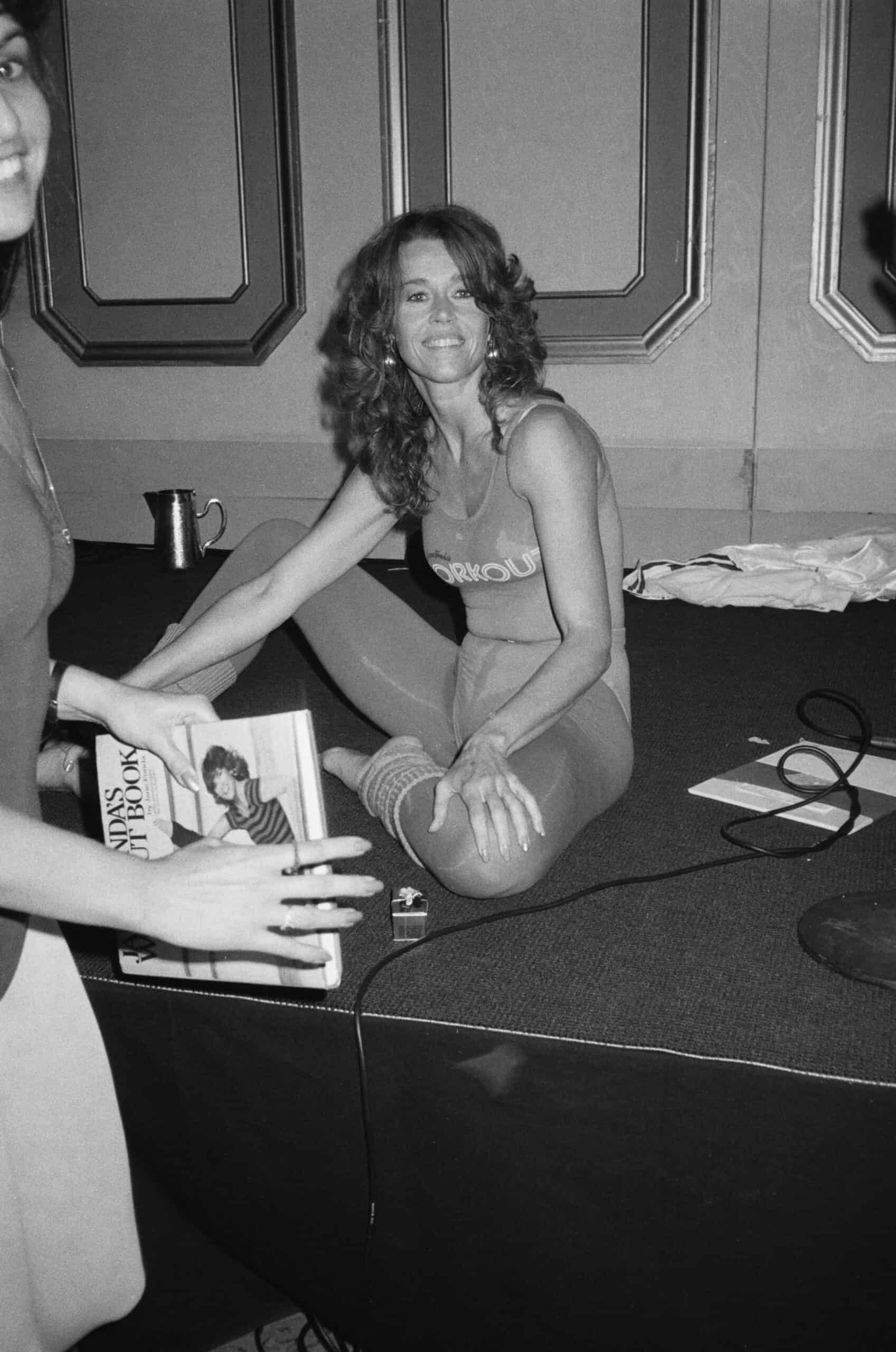
American actress Jane Fonda, wearing a leotard, with Workout written across the chest, and leggings with leg warmers, sitting on a raised platform, alongside a partially obscured person holding a copy of Jane Fondas Workout Book, location unspecified, 1982. (Photo by Vinnie Zuffante/Getty Images)
Born into a world of prestige, Jane Fonda developed her career as an actress. But she wasn’t only focused on her roles — she had bigger fish to try. Passionate about her convictions, Fonda took on the role of an activist, making her stance on the Civil Rights Movement known. Her presence in protests started in the 1960s and she has remained committed to social change, continuously pouring her efforts into a program she founded in the 1990s, the Georgia Campaign for Adolescent Pregnancy Prevention (G-CAPP).
Pattie Boyd
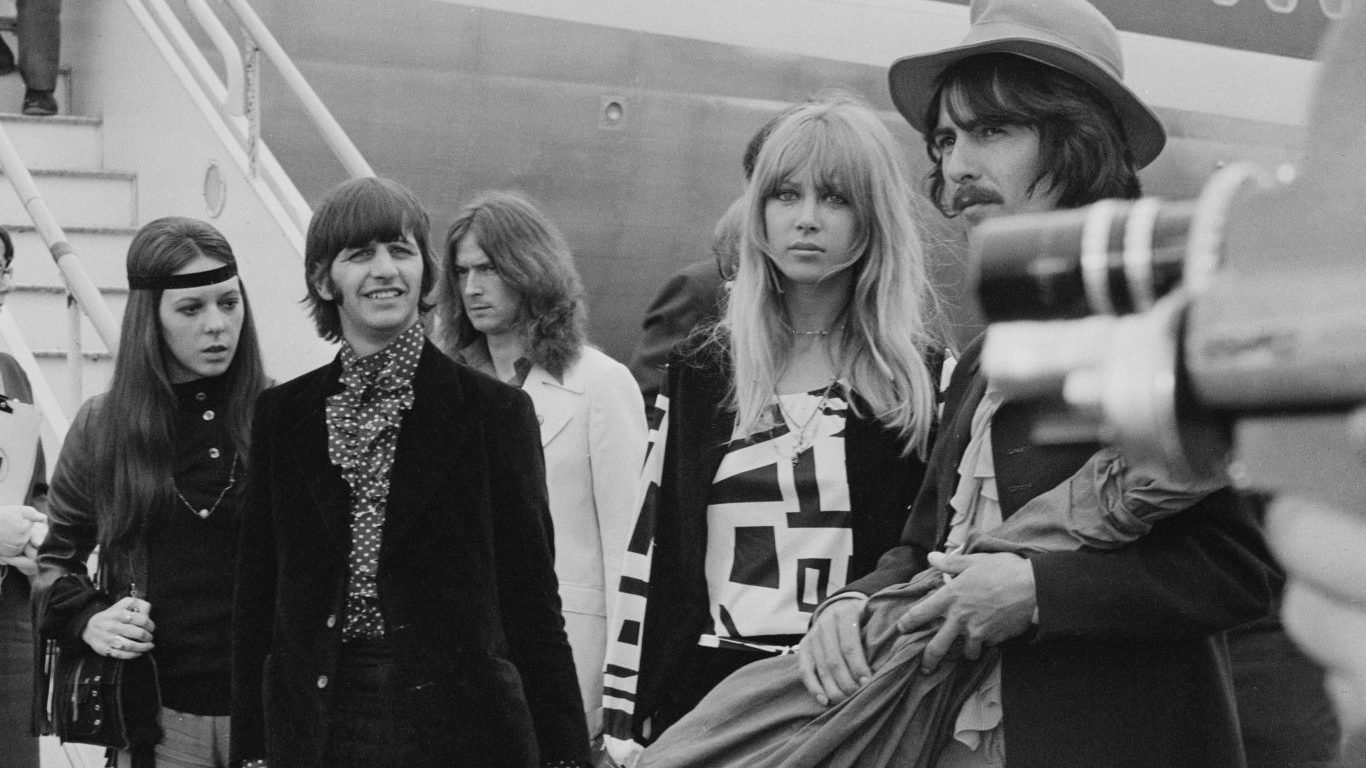
Her marriage to George Harrison from The Beatles was in the spotlight, and audiences had a soft spot for the hippie couple. She shared Harrison’s interests in meditative practice and mysticism. The actress served as a muse for Harrison (and later Eric Clapton), inspiring some of their songs. She had a trademark gap in her front teeth and a style that shifted from a more structured mod into a more carefree hippie expression.
Yoko Ono
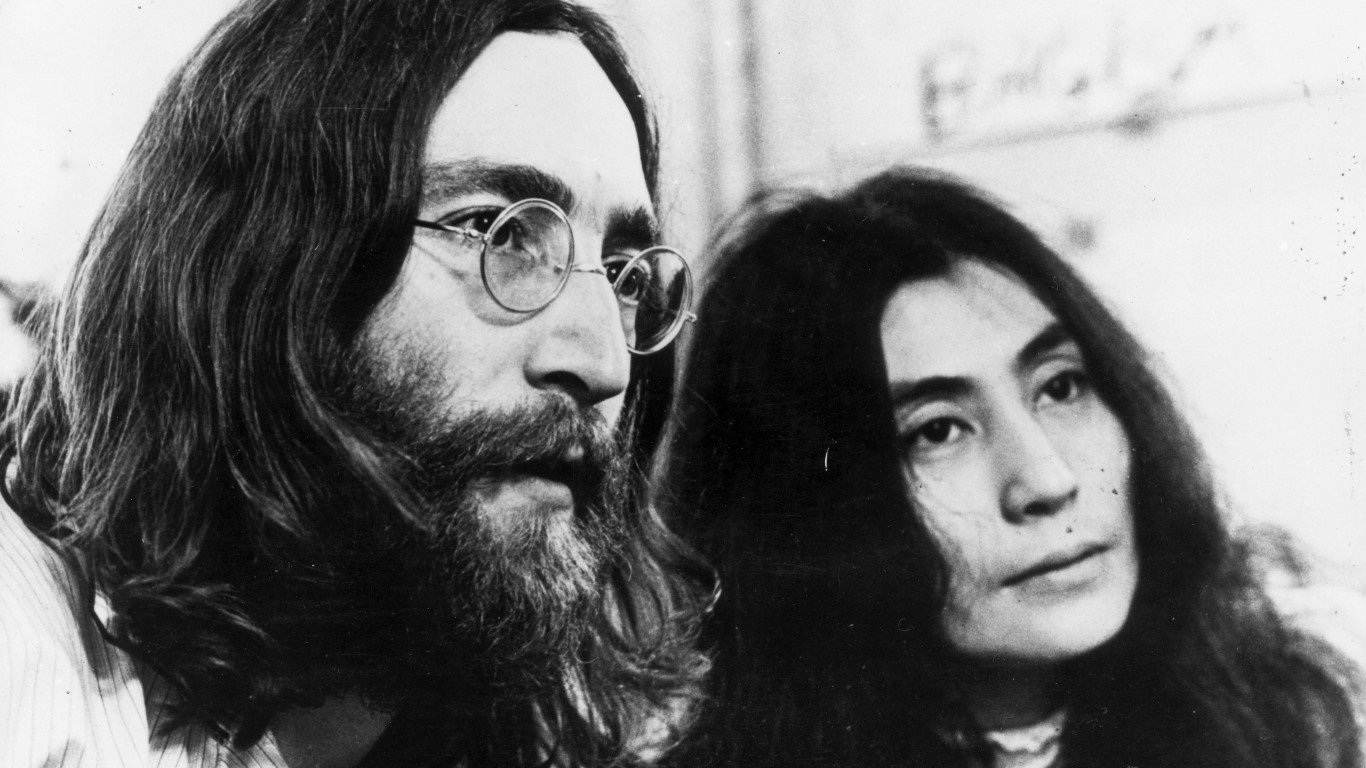
John Lennon and Yoko Ono
Peace activist Yoko Ono was an artist and singer who exuded a passion for hippie culture in the 1960s. She was famously linked with John Lennon, lead singer of The Beatles. The married couple rose to prominence, always presenting a united front. Their mutual interests bonded them, and Ono used her talents as a songwriter and singer to promote causes near and dear to her heart. Her love for counterculture wasn’t just reflected in her art but also in her fashion choices.
John Lennon

In the 1960s, John Lennon was at the top of his game with The Beatles. Having earned a platform from which to speak, Lennon was able to let his political perspectives be known to audiences. Unsurprisingly, not all received his messages well — but still, he managed to warm hearts with his music. Lennon campaigned for peace throughout his life until the day of his tragic death in 1980 when he was assassinated by an insane fan.
Mick Jagger
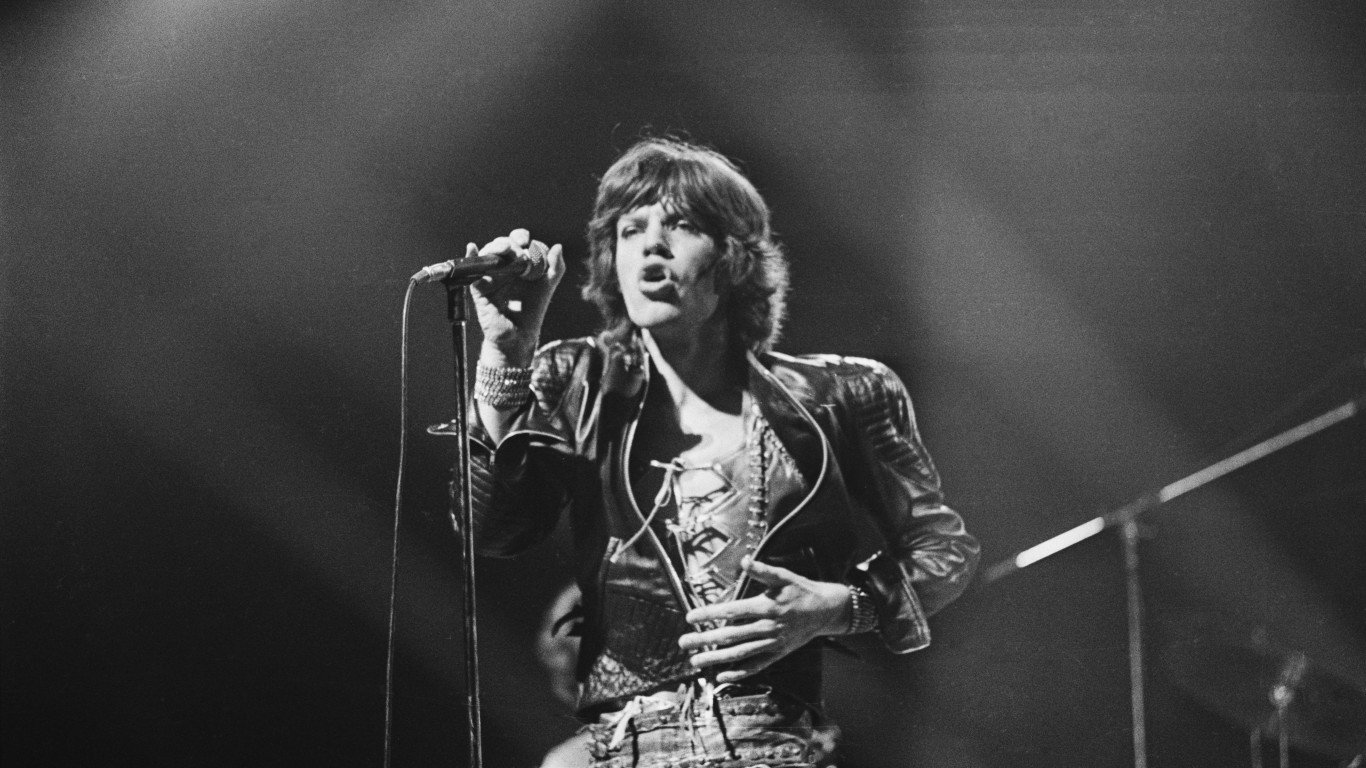
The lead singer of the Rolling Stones, Mick Jagger, had an on-stage presence in the 1960s that caused a wave of craze. He is still a rock star to this day, thanks to a choice he made early on for the limelight over a much quieter career as an economist. He leaned into an unconventional lifestyle, which boded well for him. However, his life was not without tragedy, as the late 1960s saw the death of his bandmate and several of his fans after mayhem at a free concert.
Joan Baez
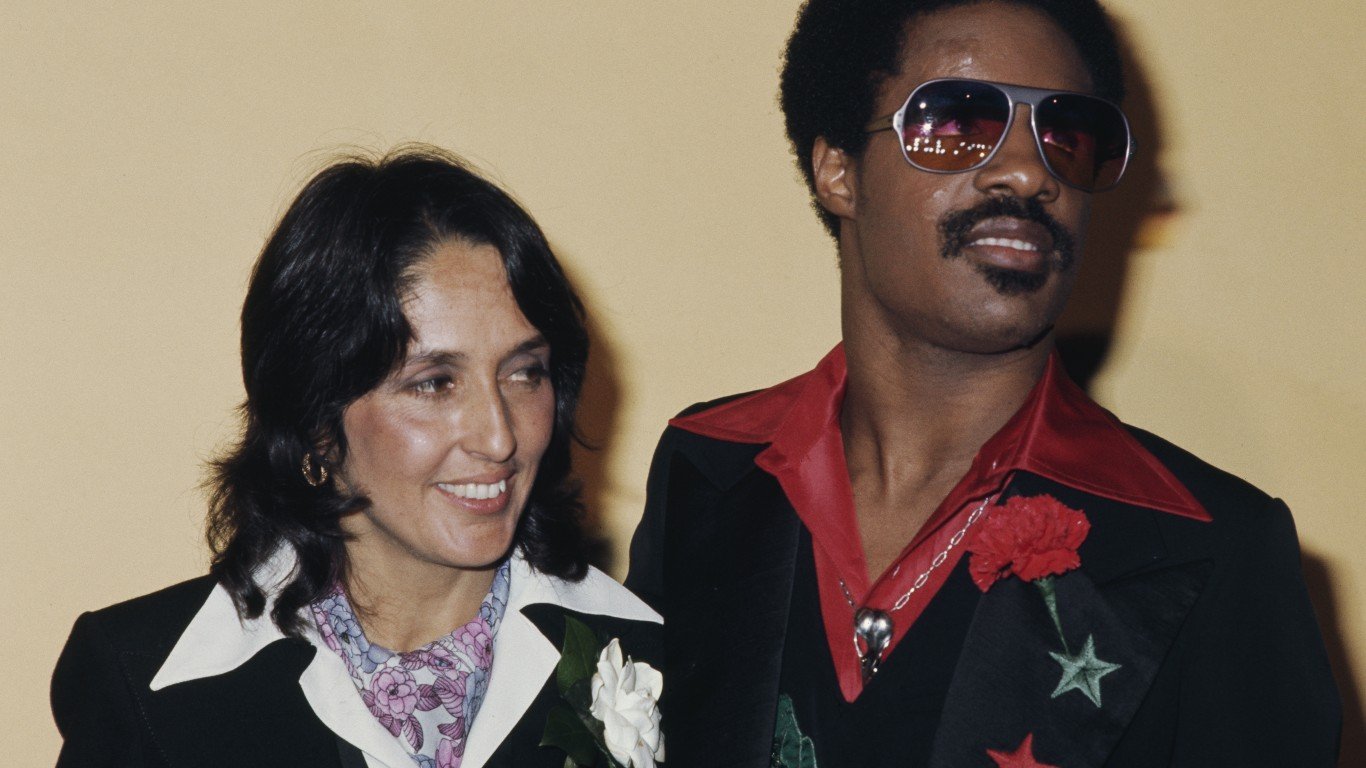
When Joan Baez was still a child, her family converted to Quakerism. That early influence remained in her life into adulthood as she embraced the principles of peace, equality, and community. Baez rose to fame in the 1960s as a singer-songwriter and political activist. Her folk music caught the attention of audiences in 1959, and by 1960, her debut album made her a household name. She is credited for introducing audiences to Bob Dylan, her boyfriend at the time, who often performed alongside her.
Bob Dylan
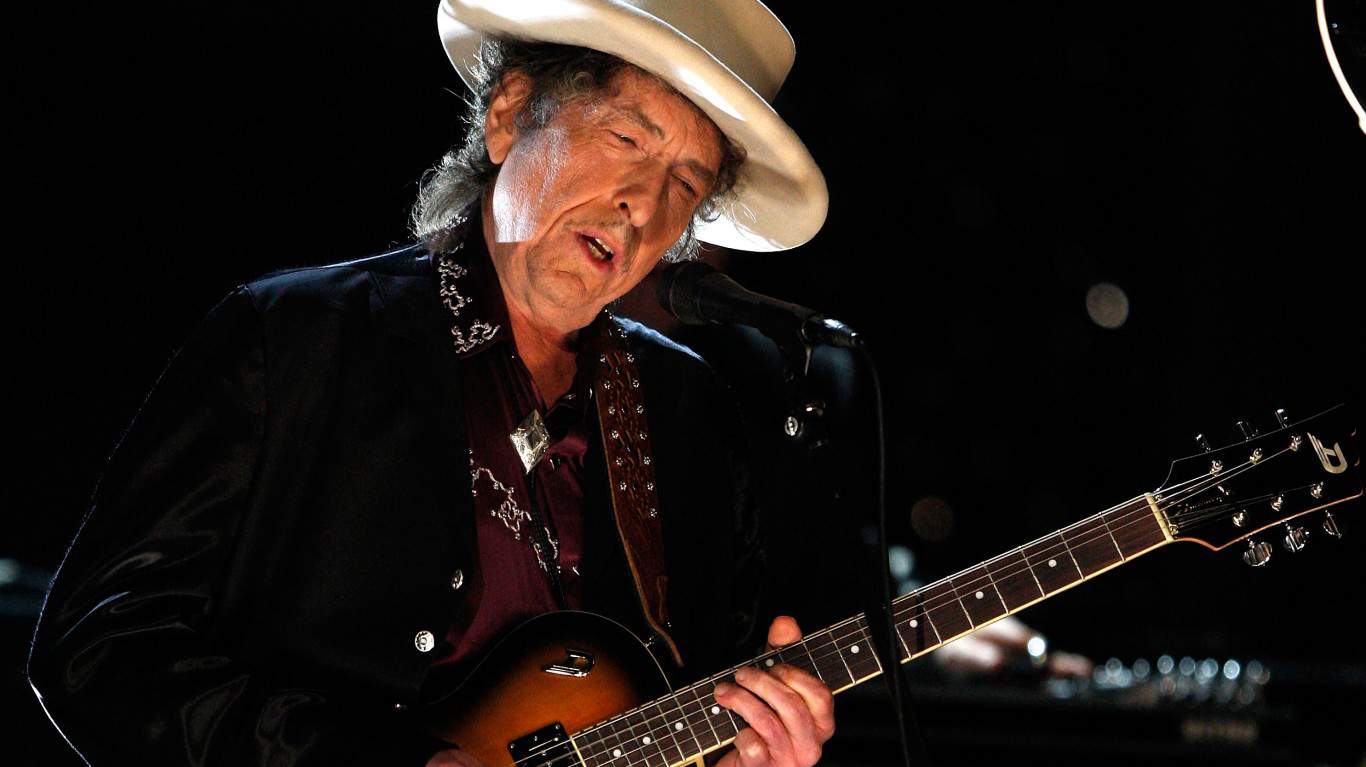
CULVER CITY, CA - JUNE 11: Musician Bob Dylan performs onstage during the AFI Life Achievement Award: A Tribute to Michael Douglas at Sony Pictures Studios on June 11, 2009 in Culver City, California. (Photo by Kevin Winter/Getty Images for AFI)
Although Bob Dylan was a symbol of counterculture in the 1960s, he wasn’t nearly interested in taking on the role of representative for those in his generation. His dreams were simpler than what his success delivered to him, and he often dreamed of a simpler lifestyle. He started sharing his folk sound with small audiences in coffee shops and folk festivals, sharing his political and social messages through his songs.
Michelle Phillips
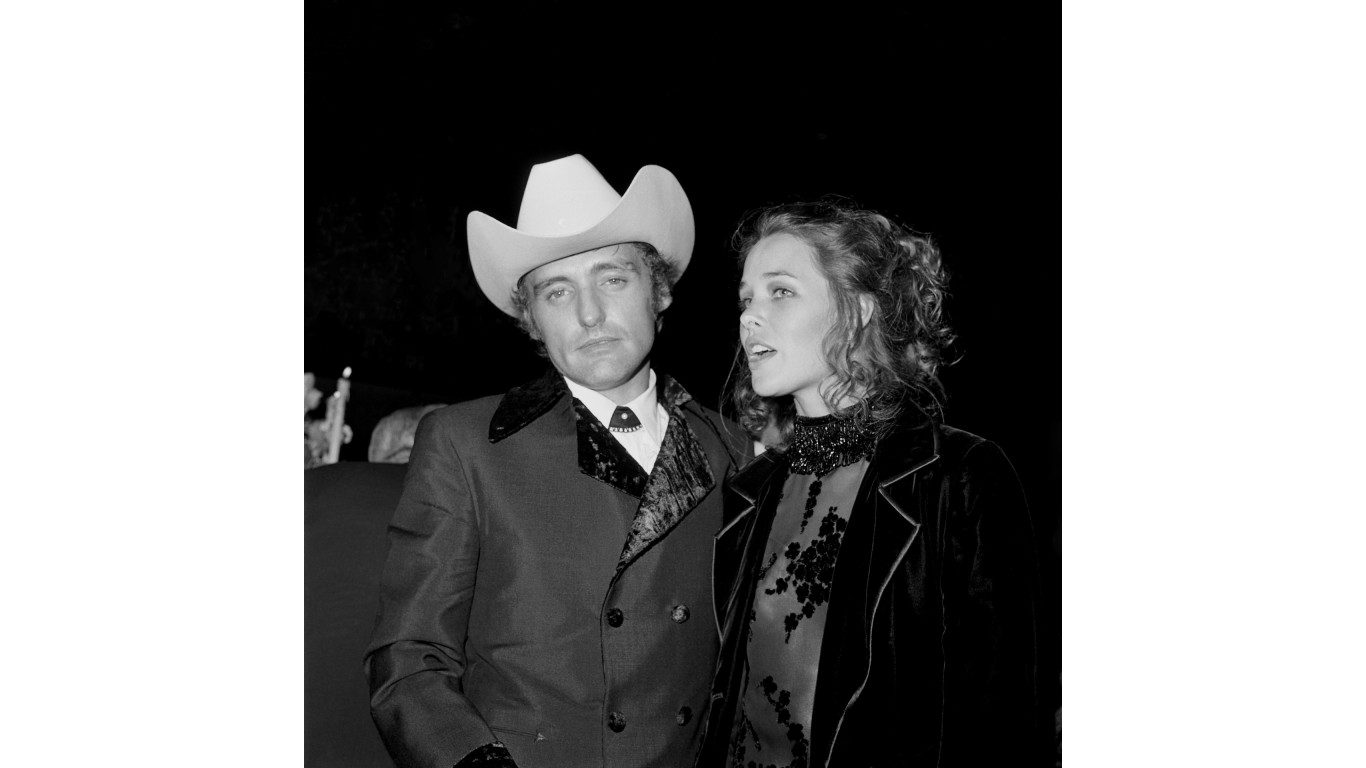
As a model in her prime, Michelle Phillips embodied hippie fashion. In the 1960s, she and her husband, John Phillips, formed The Mamas and the Papas, a folk/pop vocal group that rose to fame throughout the decade. While she was married, she had affairs that were in line with the concept of free love. However, this caused tension within the group. At one point, the other members fired Phillips. But the end of The Mamas and the Papas didn’t come until 1967, and after their last live performance, Phillips turned to acting.
Keith Richards
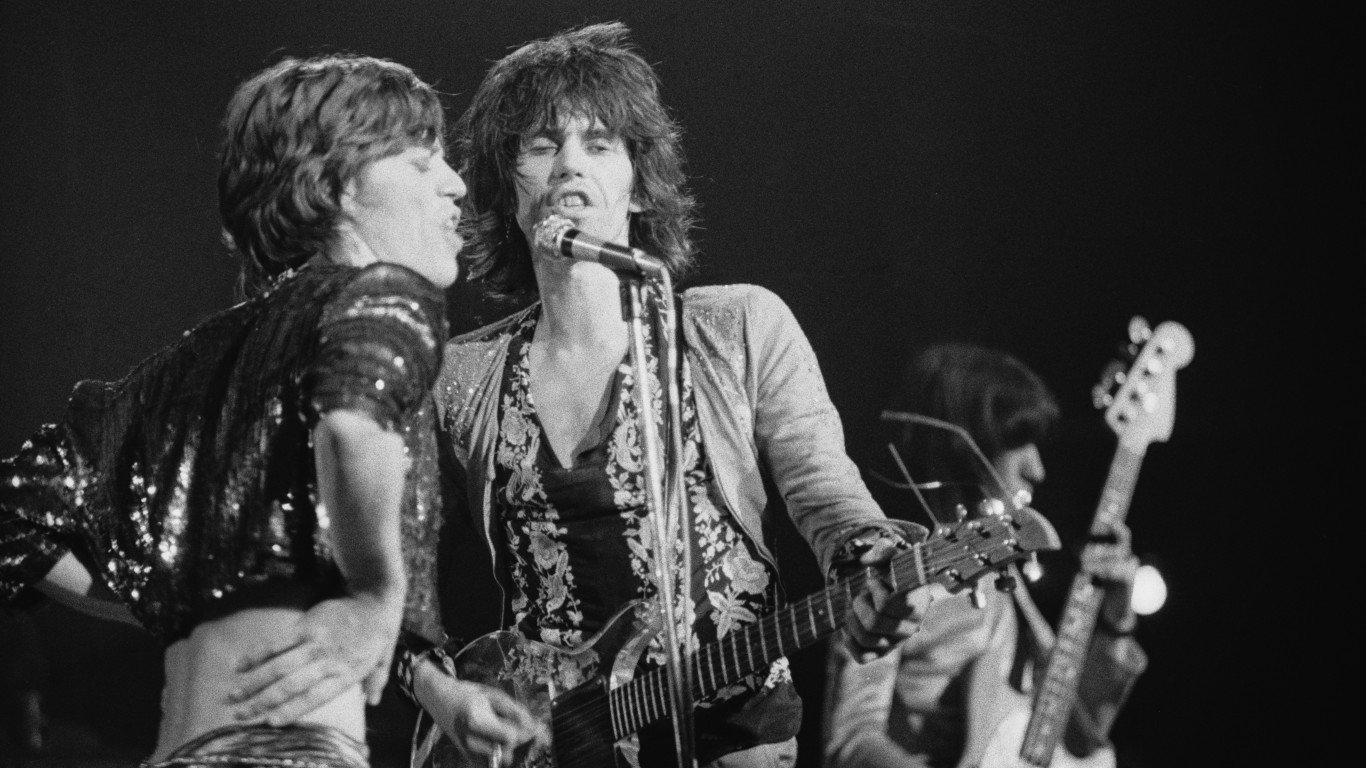
The Rolling Stones were at the height of their success during the hippie era. Innovative and stylish, Keith Richards shines in the spotlight, continuing his work into his later years. He is known not only for his colorful clothes but also for his one-of-a-kind guitar riffs, as heard in the hit song, “I Can’t Get No (Satisfaction).” Aside from songwriting, singing, and guitar playing, Richards is also known as a film actor. His life was affected by drug use, but he now follows a sober lifestyle. (Click here for a list of celebrities who died broke.)
